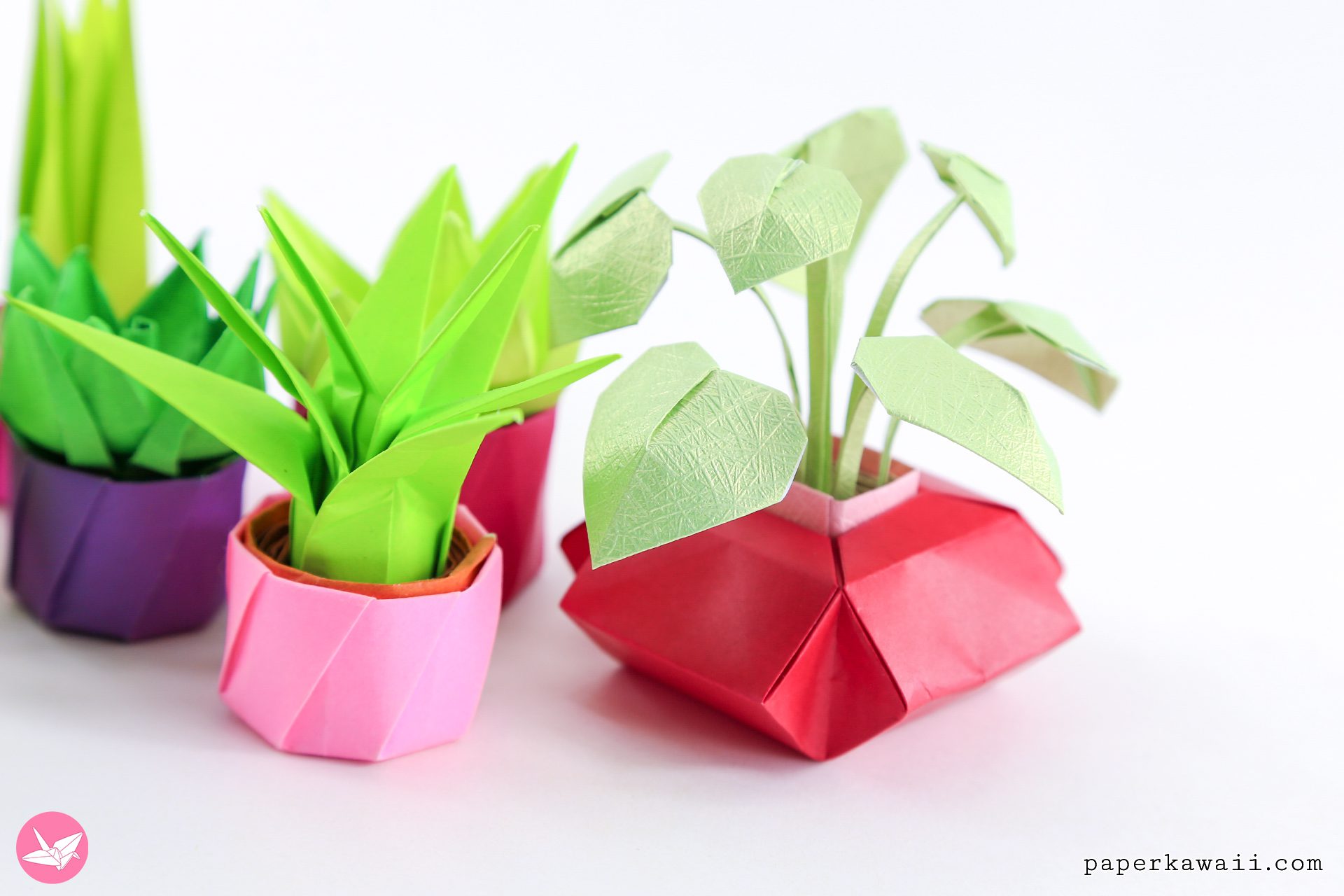Have you ever considered combining the art of origami with the joy of gardening? Imagine a world where children can not only fold colorful paper into delightful shapes but also cultivate their own little plants in whimsical origami pots! This intriguing fusion promises to engage young minds while fostering their creativity and connection to nature. As you dive into this playful challenge, you’ll discover how origami paper pots can be more than just decorative items; they can be the catalyst for a multifaceted learning experience that merges art with the science of botany.
The prospect of gardening can sometimes seem daunting, especially for children. However, by introducing the craft of origami into the mix, the process becomes not only accessible but also immensely entertaining. Origami, the Japanese art of paper folding, transforms a simple sheet of paper into a three-dimensional masterpiece. Pairing this skill with gardening presents an opportunity for children to witness the magical transformation of their creations, whether it’s watching tiny sprouts burst forth or observing the vibrant colors of blooming flowers. The synergy of these two activities fosters patience, responsibility, and a greater appreciation for the environment.
Starting this delightful journey requires minimal materials. First, gather an assortment of colorful origami paper, which is readily available at local craft stores or online. Flourishing under the sun and nurturing the spirit of creativity, this paper can be anything from plain colors to intricate patterns, adding a touch of personality to each pot. You will also need soil, seeds or small plants, a pair of scissors, and water—all easily found in your home or garden.
Once the materials are collected, it’s time for the thrilling part—creating your origami pots. Various designs exist, from simple cups to more complex flower pots. Beginner-friendly templates abound online, allowing children to pick a design that challenges their abilities without causing frustration. For instance, the classic origami cup is a splendid starting point. With just a few folds, kids can create a sturdy yet aesthetically pleasing pot. This hands-on activity cultivates fine motor skills while improving spatial awareness as they follow step-by-step instructions.
After creating the origami pots, the real fun begins—planting! This phase can be as simple or elaborate as desired. Children can choose to sow fast-growing seeds, such as beans or herbs, which not only germinate quickly but also offer the excitement of immediate results. Alternatively, they might opt for small perennial plants that will flourish and thrive in their handcrafted pots. Involving kids in the planting process enhances their understanding of nature’s cycles, from seed to sprout, eventually rewarding them with lush greenery.
Watering the pots is another critical component. Teaching children about the necessity of hydration in plant growth provides an opportunity to delve into discussions about ecosystems and plant biology. Consider incorporating science experiments, such as measuring water needs or observing how much sunlight each plant receives. These explorations can lead to inquiries about the different habitats plants require, the role of photosynthesis, and the significance of preserving biodiversity. This hands-on approach demystifies complex concepts, allowing children to grasp them intuitively.
Maintaining the garden becomes a bonding experience, where families can share responsibilities and celebrate successes together. Observing the growth of their plants forms an emotional investment that cultivates admiration and respect for living organisms. Additionally, this shared experience can facilitate meaningful conversations about the importance of sustainability and environmental stewardship. Children learn to appreciate the effort involved in cultivating life, and you may find them developing a genuine interest in broader environmental issues.
The beauty of origami paper pots lies not just in creating functional items but rather in the stories and memories each one holds. Children can personalize their pots, decorating them with drawings or by using markers for added flair. These touches of individuality add a layer of connection, making each pot a unique testament to creativity. Encouraging kids to share their pots with friends or family amplifies this excitement, fostering a sense of community and belonging as they trade plants or engage in friendly gardening competitions.
Moreover, incorporating themes into gardening activities can further inspire children’s imaginations. Consider seasonal themes, where kids can craft pots that celebrate the arrival of spring blooms or autumn foliage. Each season brings its own unique colors and textures, nurturing a deeper appreciation of the changing environment. By embracing these themes, children can connect their creative outputs with nature’s rhythm, understanding the cyclical patterns of growth and decay.
As you participate in gardening with kids through origami paper pots, remember that the ultimate goal is to inspire curiosity and creativity. It’s about nurturing the next generation of environmentally conscious citizens, who not only appreciate the aesthetic beauty of plants but also understand their ecological significance. From the initial fold of origami paper to the nurturing of a blooming plant, this activity encapsulates holistic education that blends art, science, and environmental awareness.
In conclusion, gardening with kids using origami paper pots serves as a delightful gateway for young minds to engage with both creativity and nature. This endeavor not only accentuates the joy of making and growing but also instills vital lessons about responsibility and sustainability. So, gather your materials, unleash your creativity, and embark on this enchanting journey—who knows, you might just cultivate the next generation of passionate gardeners and origami enthusiasts!









Leave a Comment